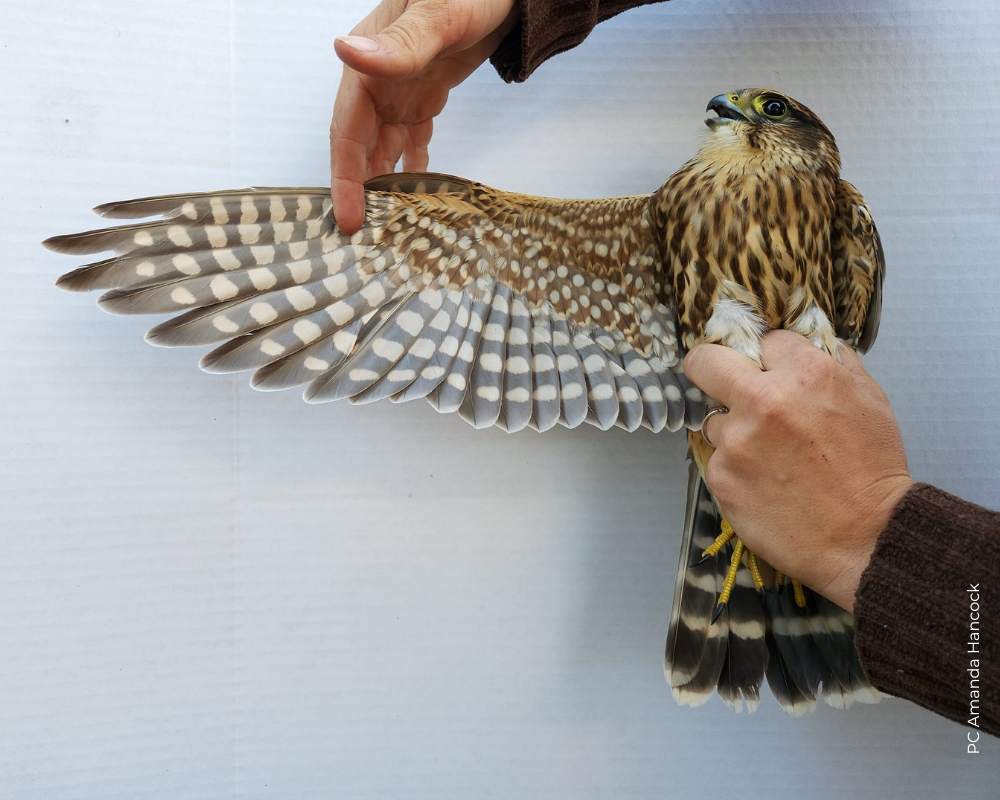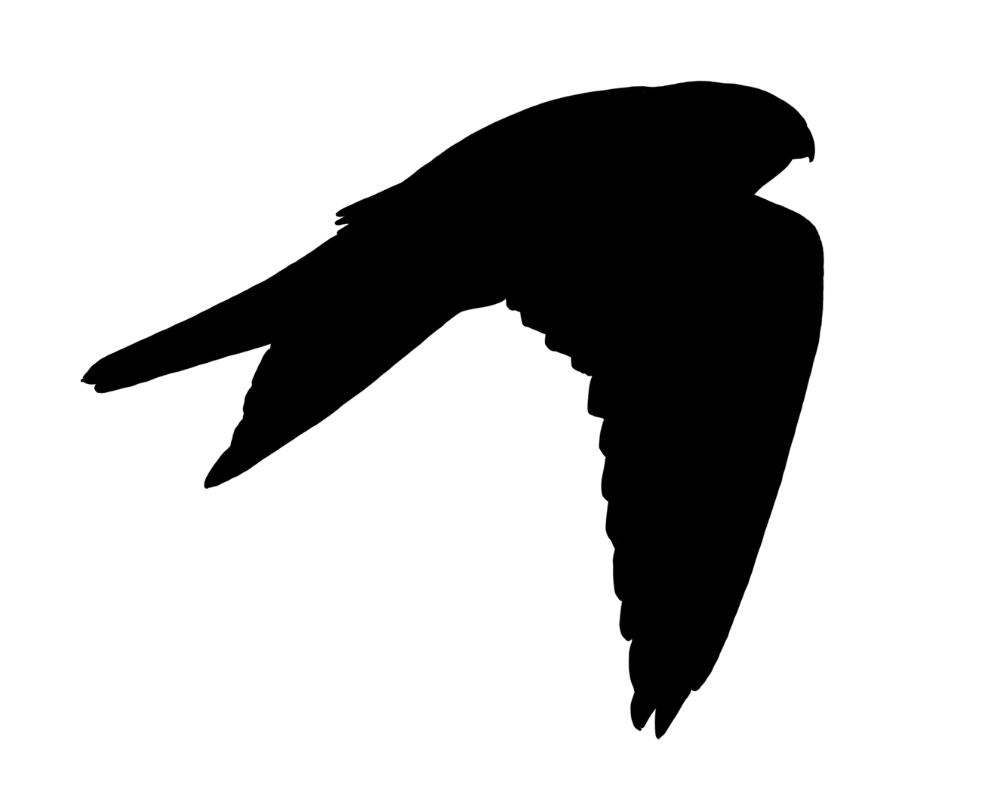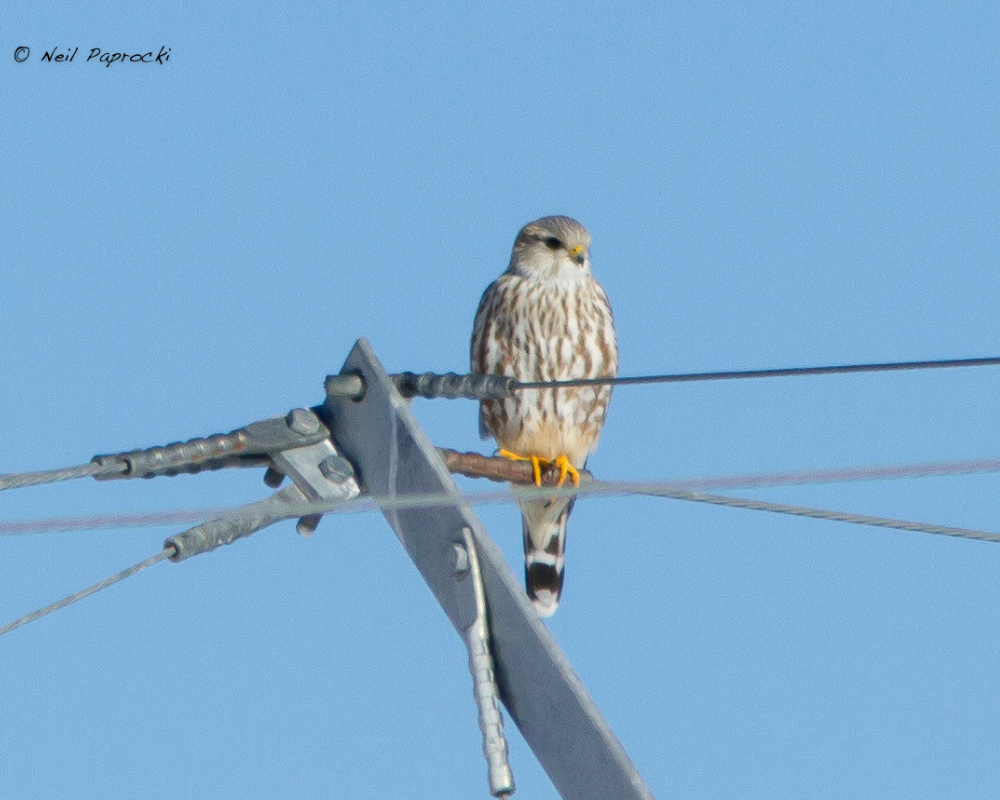Overview
Merlins are small birds, only slightly larger than American Kestrels, but stockier overall and fly with speed and stability. Merlins seem easily agitated, harassing larger raptors seemingly for fun. Merlin is a widespread breeder across boreal habitats, often nesting near clearings around bogs and lakeshores from Alaska east through the Canadian Maritimes and south through the US-Canada border region. They are also more common in urban areas in the northern U.S. Great Plains, around the Great Lakes, and New England area nowadays. They nest in conifer stands in abandoned crow and raptor nests, but sometimes on the ground north of the treeline.
The Taiga race occurs throughout most of North America but is the only race seen in the Eastern half of the United States. Prairie Merlins occur throughout the western half of the U.S. and southern Canada within the Great Plains and winters from the breeding range into Central America. They are uncommon as far west as California and rare in the East. Black Merlin breeds and winters in the Pacific Northwest forests from southern Alaska to Washington. Some winter along the Pacific Coast to southern California, inland to Utah. They are vagrants otherwise. Some Merlins winter within their breeding range. Merlin is typically silent but vocal during aggressive encounters with other raptors or when nesting. Call is a rapid, high-pitched “kee-kee-kee-kee-kee.” Female is larger than male and appears longer winged.
Backyard birders confuse the streaky-plumaged juvenile Sharp-shinned Hawk for Merlin when seen in their yards. However, Merlin rarely frequents backyards, preferring open habitats instead. Merlins have shorter, boldly banded tails, a “mustache” mark, and much longer wings. They are also more heavily streaked on the underparts. All Merlins have dark brown eyes compared to the yellow eyes of juvenile Sharp-shinned Hawks, a telling giveaway.




